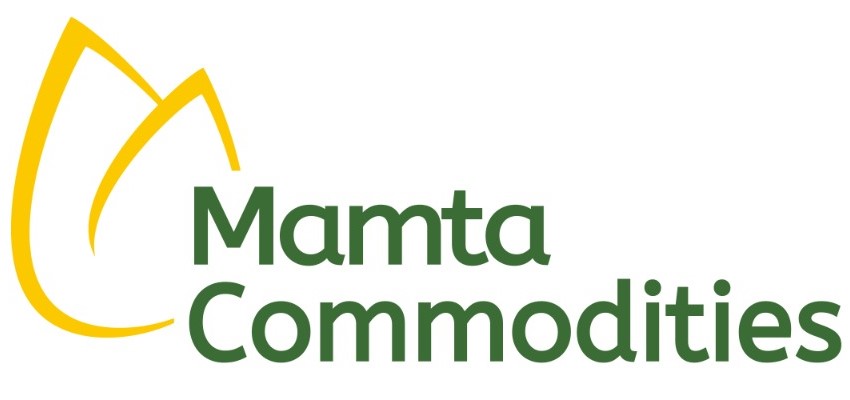According to Market Square Insights’ analysis, the global market for sesame seeds is expected to grow at a CAGR of 2.38% from 2022 to 2029 and reach USD 8,146.11 million.

The driving factors of the sesame seeds market:
• Rising demand for sesame seeds due to the popularity of ethnic cuisine and the rising need for natural and healthful food items in a variety of food applications, such as bakery, confectionery, snacks, and oils.
• An increase in consumer health consciousness as people become more aware of the potential health advantages of products like sesame seeds, which they view as a rich source of fiber, protein, and minerals.
• Growing sesame seed consumption in Asia Pacific nations like China, India, and Japan as a result of their culinary heritage and culture, which has resulted in the region holding a significant market share of the world’s sesame seed market.
• A rise in the use of sesame-based products and ingredients by food producers and processors, who are becoming more aware of the adaptability and usefulness of sesame seeds in different recipes and formulations.
Regulatory Landscape and trade policies affecting the sesame seeds market:
• Food safety regulations: Sesame seeds must abide by a number of rules and guidelines for food safety, including the Codex Alimentarius, which establishes upper limits for pesticide residues and other contaminants in food items. Additionally, certain nations, including the European Union, mandate the labelling of allergens on food goods, including sesame seeds.
• Import and export regulations: Different nations have laws governing the import and export of sesame seeds, including taxes, quotas, and licencing restrictions. For instance, to maintain domestic supplies, India has outlawed the export of raw sesame seeds whereas the United States charges a 7.5% import tariff on sesame seeds.
• Other policies include trade agreements, organic certification, etc.
• In general, the regulatory environment and trade policies affecting the market for sesame seeds are complicated and varied. As a result, businesses must keep up with the most recent changes and regulations to maintain compliance and market access.


Future outlook:
• The future outlook for the sesame seeds market is positive, with several factors contributing to its growth, including the increasing demand for natural and healthy food products, the rising popularity of ethnic cuisine, and the expanding use of sesame seeds in various applications. The market is also likely to benefit from the growing adoption of sustainable and organic farming practices, as well as advancements in technology and supply chain management.
• In addition, the sesame seeds market is expected to witness significant growth in the Asia Pacific region, particularly in countries such as India, China, and Japan, due to their culinary traditions and the cultural significance of sesame seeds. The Middle East and Africa region, which is a major producer of sesame seeds, is also expected to continue to play a significant role in the global sesame seeds market.
• However, the sesame seeds market may face challenges such as supply chain disruptions, changing consumer preferences, and regulatory changes that may impact trade and market access. Companies operating in the sesame seeds market will need to stay ahead of these trends and challenges to remain competitive and take advantage of the growth opportunities in the market.
Our Point of View
The global sesame seeds market is experiencing steady growth driven by factors such as increasing demand for sesame seeds in food applications, rising health awareness, and growing consumption of sesame seeds in Asia Pacific countries. However, the regulatory landscape and trade policies affecting the market are complex and diverse, and companies need to stay updated on the latest developments and requirements to ensure compliance and market access. The future outlook for the market is positive, with several factors contributing to its growth, including the increasing demand for natural and healthy food products, rising popularity of ethnic cuisine, and expanding use of sesame seeds in various applications. However, companies need to stay ahead of supply chain disruptions, changing consumer preferences, and regulatory changes to remain competitive and take advantage of the growth opportunities in the market.


Add a Comment